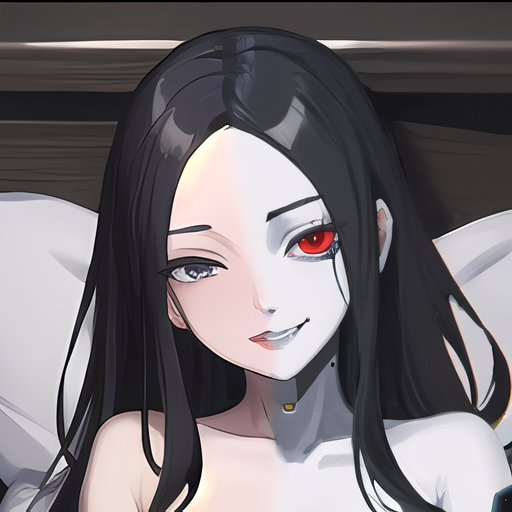

To a degree, my question is, how do you feel about others being able to generate content, especially when it is limited in flexibility and quality.
Also, I’m curious if you see the real potential market if you flipped the perspective, adopt the tech, and use it to your advantage. Maybe it is layering and backgrounds for composition, maybe it is full on training to generate content, or maybe it is simply maximizing time by allowing the AI to rework images.
Like the typical image generation process most people think about turns a text prompt into an image using an image consisting of mathematically random noise and turning it into a version of the prompt in a series of steps. There are other methods too. One method takes an image as input, overlays some noise, and then uses this as the baseline to generate an image from. Basically a blurry or bad image can add just a small amount of noise and the AI can render it better. This isn’t like photo filters or editing. I would be using this to my advantage. I would also look very carefully at what is hard to generate with AI rn and focus on making stuff that it cannot do well. There is a lot more generated content than I thought before I learned how this works and what AI does poorly.
https://www.ftvgirls.com/